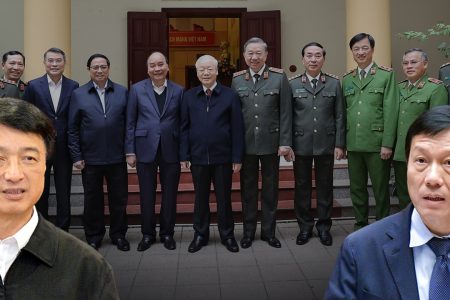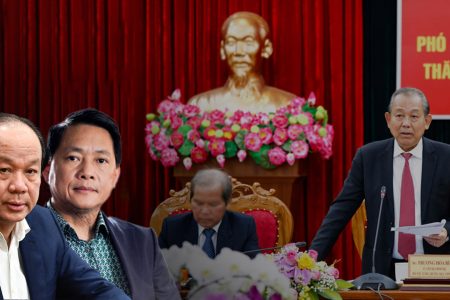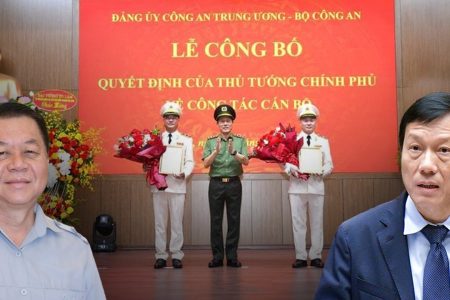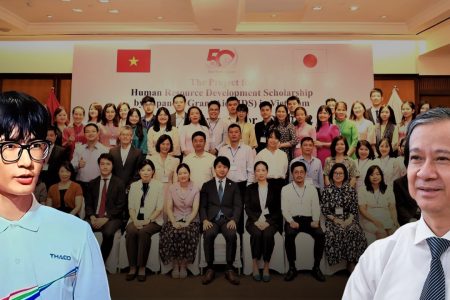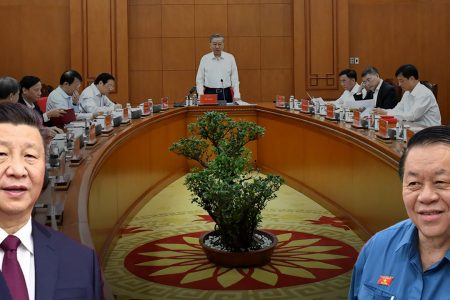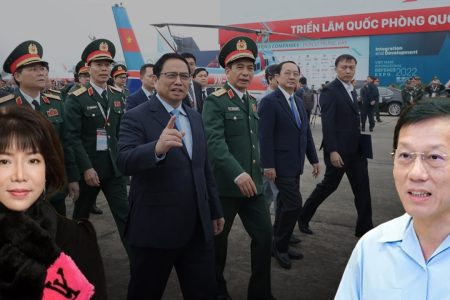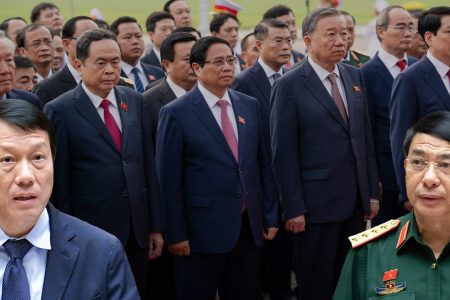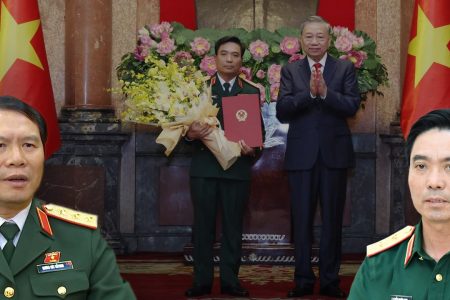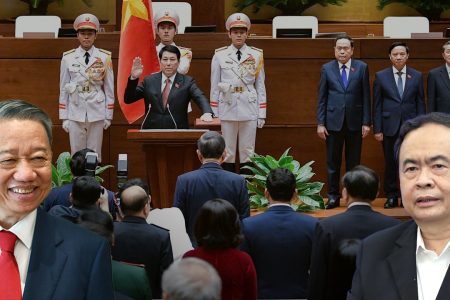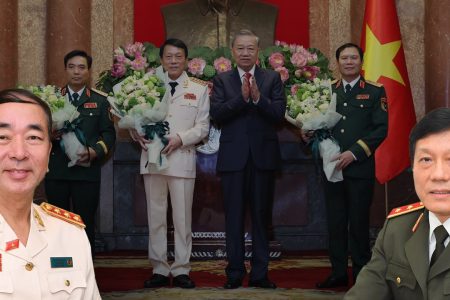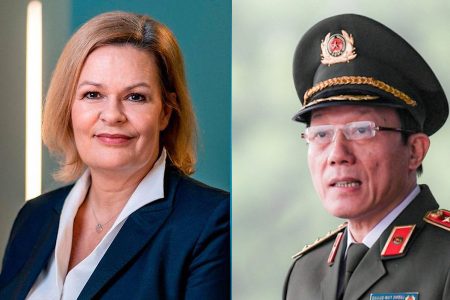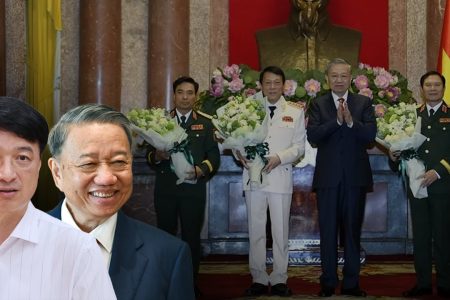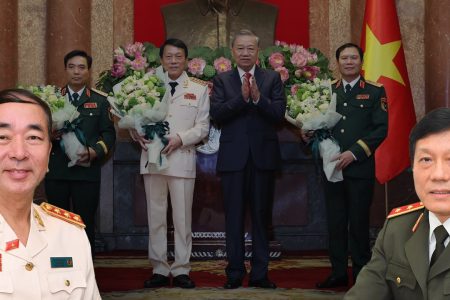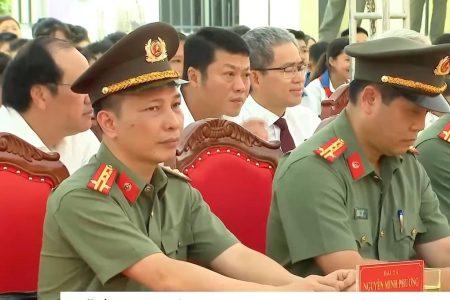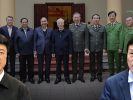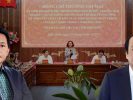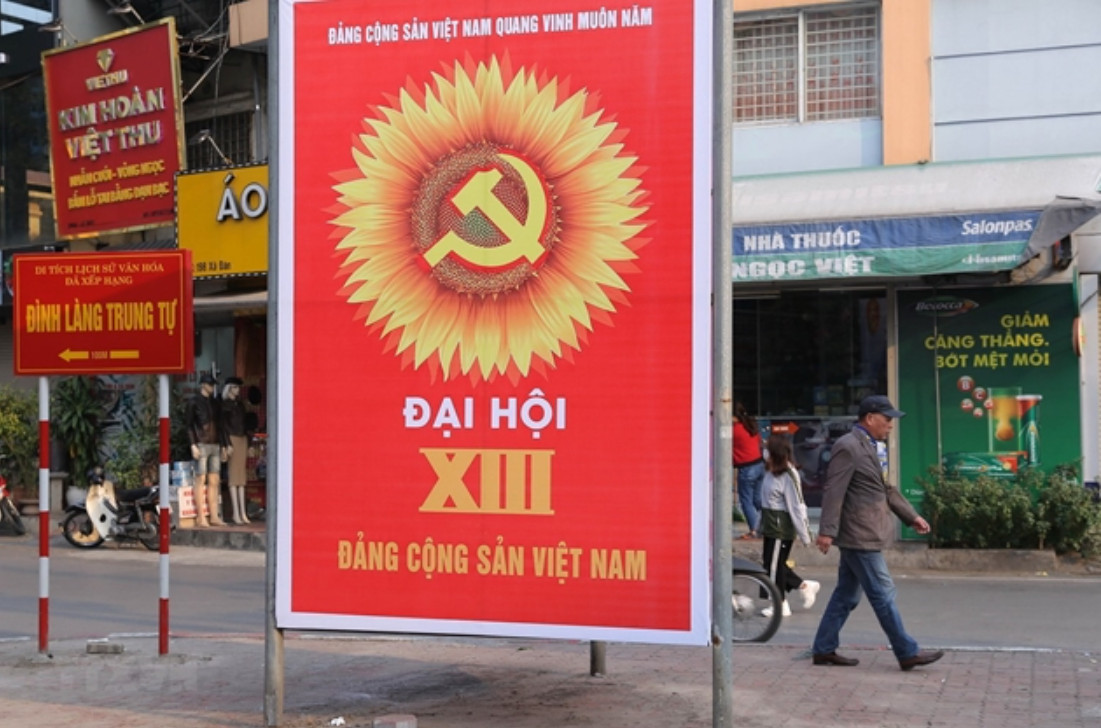
The current economic model is based on pragmatism, keeping the communist party’s monopoly on leadership of the entire society while applying the market economy. It started with Doi Moi/Rennovation in 1986, and although it was considered “theoretically illogical” with weaknesses and instability, it succeeded thanks to growth and poverty reduction. Recently, the regime’s existence has been threatened. In fact, it is increasingly shown that the cause of self-evaluation is due to ideological and ethical deterioration of civil servants, which is incomplete, subjective, and therefore requirements for reform of political institutions have been set.
Consolidation of the Party-State “clean and strong” is the key policy at the 13th National Congress of the Communist Party of Vietnam (CPV). That is, all that is being done now is for the ruling party to consolidate its influence and control not only over the State but over the entire society, not only politically, socially but also economically. However, the Party-State cannot be “strong” without a compatible economic model, and the question is how to change the current economic model?
“Current economic model”
The current economic model is characterized by and is based on major pillars that contain unsustainability, even some elements are fragile in the face of unpredictable circumstances. First of all, economic growth is always the top goal. This is the reality set out since Doi Moi, an achievement and also a condition for the regime’s existence. The goal of rapid growth is set by the government, has an ordinance that creates pressure to concentrate resources and complete efforts of “the whole political system” despite unpredictable changes. This growth rate of gross domestic product (GDP) is 6.5%. Experts speak of high-low or medium-case scenarios for reference, but the adjustment is rare and the “expected” 8% still remains achievable despite the global economic downturn and the risks that threaten growth pillars such as investment, finance, and real estate. The pursuit of rapid growth makes it difficult for resources to be devoted to quality and productivity, even without avoiding many environmental or democratic trade-offs.
The two fields of investment and real estate are essential pillars but are increasingly revealing inadequacies and challenges. The strategy of opening up and attracting foreign investment, with the support of abundant and cheap labor, has allowed to maintain a relatively high growth rate. Although, signing and participating in many free trade agreements, the ability to absorb capital and technology is limited, partly due to the lack of breakthroughs, such as special economic zones, and mainly relies on processing and exporting agricultural and seafood products, so the efficiency is not high.
After successfully controlling the COVID-19 pandemic, Party and State leaders have made many foreign trips with high frequency for economic purposes, promoting trade and investment, but will they overcome the inherent weaknesses of the policy that investments are less and less profitable. In addition, domestic public investment, which is considered the lifeline for growth, is also being blocked by institutions, making difficulties increasingly difficult.
Moreover, the real estate pillar always plays a central driving role due to the rapid urbanization process and social demand for housing, tourism and resort. This sector accounted for about 10.49% of GDP in 2019 but if you include related fields, such as construction materials: cement, iron and steel, decoration, furniture, this proportion is much higher. In fact, the real estate sector is closely related to the financial and banking markets, and the strong interdependence is becoming more and more sensitive. And that’s exactly what’s happening now in the economy, stemming from corporate bonds being issued with “subprime” abuses. In order to “rescue“, the urgent measure is to “open up the credit room” by 1.5 – 2% (about VND240 trillion) for 2022, and control the cash flow to the right address and time become challenged when the time is less than a month!
“Not ready”
In terms of power structure, compared with technocrats, parties and armed forces are dominant, but to create a change in reform, in which an important model of economic management is seemed “not ready.”
Observing executive actions before socio-economic events taking place from the beginning of 2021, the first year of his 13th term up to now, shows the image of the Prime Minister as a battlefield commander with “organizations” special work” to step up, facing hot spots, such as the COVID-19 lockdown during the fourth outbreak in Ho Chi Minh City, promoting public investment in key projects of the North– South Expressway, clearing the local gasoline shortage or controlling the risk of disorder in the corporate and financial bond markets… All seem to reflect a quick response to the situation but is passive instead of a new operating method.
After the “shock” of macroeconomic and institutional instability, it becomes urgent to find an economic model suitable for the comprehensive leadership of the CPV. During the 12th term, the period 2016-2021, the “constructive government” model was put into operation, in which priority is given to creating a business environment, “getting stuck somewhere” with the use of administrative machinery in the system. However, this model is no longer appropriate when the anti-corruption campaign is intensified and expanded with thousands of serious cases, the leaders of the all levels have been punished. However, an alternative model does not seem ready. The incumbent PM repeatedly emphasizes on “an independent and self-reliant economy” and “actively integrating into the world” but has not been “answered” by experts as well as enforcement officers in the administrative apparatus as an operating model.
“Despite Progress”
An economic model must meet development needs, not just subjective requirements. The Party-State strong in power easily raises the possibility of defying the evolution of economic laws while the economic model with high openness is being promoted, as mentioned above, for deep integration with Vietnam. In the world, encouraging investment and trade are posing requirements and compliance needs for institutional reform in the new context.
On the 100th anniversary of the birth of late Prime Minister Vo Van Kiet (1922-2008), the state media honored him as a leader with “heart, vision” bravery to show his pioneering role with “breakthrough” in the early period of Doi Moi. Opportunities for “breakthrough” policy or action are being “explored” given the regime’s hard-to-receive nature of surprises. Can a breakthrough for the current economic paradigm shift be hoped for?
Thoibao.de (Translated)




